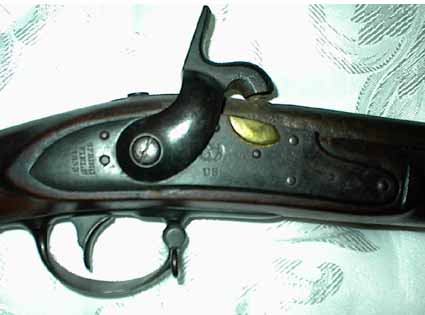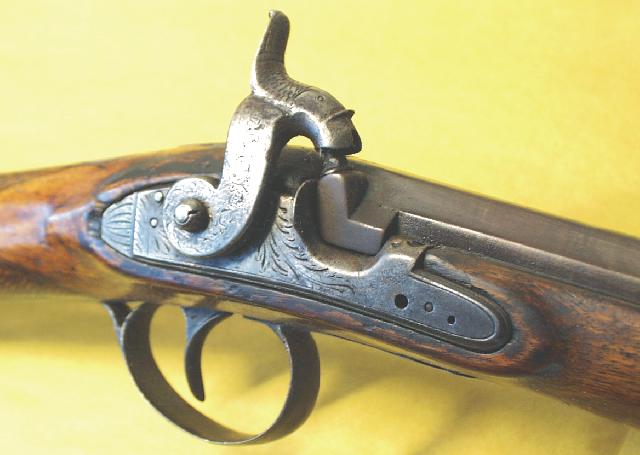Are percussion converted flintlock muskets worth owning?
Imaged below is a .69 caliber US Model 1816 "Type III", converted to percussion in the early 1850's...

I have one just like the musket that is pictured, except for the brass, mine was converted in 1849...
Can we overlook the "flintlock" that it once was and be happy with the way they are?
I can...
Who else has a converted flintlock?
Imaged below is a .69 caliber US Model 1816 "Type III", converted to percussion in the early 1850's...

I have one just like the musket that is pictured, except for the brass, mine was converted in 1849...
Can we overlook the "flintlock" that it once was and be happy with the way they are?
I can...
Who else has a converted flintlock?








